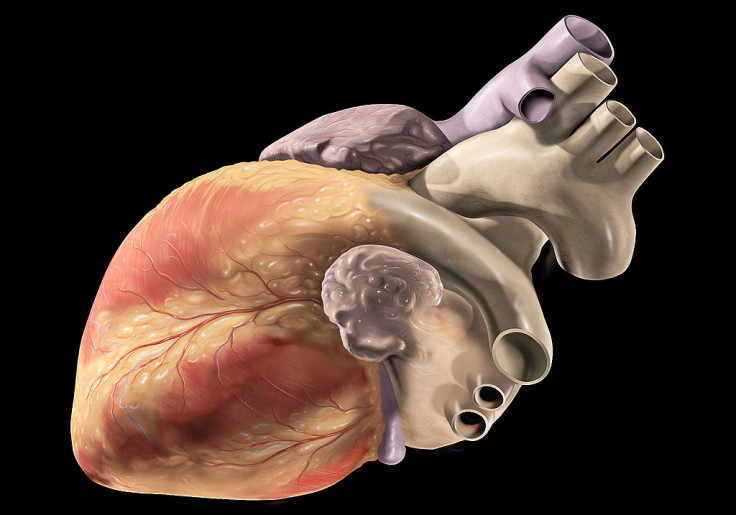Scientists to Create World's First 3D Printed Heart

First, we had the world's first skull transplant, now American scientists are attempting to create a human heart using 3D printing technology - that could be available for testing within a decade.
The purpose is to build a heart for a patient using their own cells which can be transplanted.
Scientists at the University of Louisville in Kentucky have already printed human heart valves and small veins with cells and successfully tested the tiny blood vessels in mice and other small animals.
Only last month the world's first skull transplant using a plastic printed piece was used on a 22-year-old-woman suffering from a bone structure condition.
Professor Stuart Williams, a cell biologist leading the project, at the university said the finished product would be a 'bioficial heart' – a blend of natural and artificial, which would solve rejection problems recipients of donor hearts often face.
Williams said the biggest challenge is to get the cells – taken from a patient's fat - to work together as they do in a normal heart. But he believes scientists will be able to print parts and assemble an entire heart in three to five years.
His printer will use a mixture of a gel and living cells to build the shape before the cells then grow together to form the tissue.
Dr Anthony Atala, whose team at Wake Forest University in North Carolina is also using 3D printers to attempt to make a human kidney, said: "With complex organs such as the kidney and heart, a major challenge is being able to provide the structure with enough oxygen to survive until it can integrate with the body."
Laboratories across the world have already used 3D printing to create different organs such as lungs, arms, and liver - even a human ear. Recently, a plastic windpipe was also printed to keep a sick American child's airway open.
Closer to home, surgeons in Swansea used 3D printed parts to rebuild the face of a motorcyclist, who was seriously injured in a road accident. It is also expected the hearing aid and dental industries will be the biggest area of future development in using the technology.
© Copyright IBTimes 2025. All rights reserved.






















